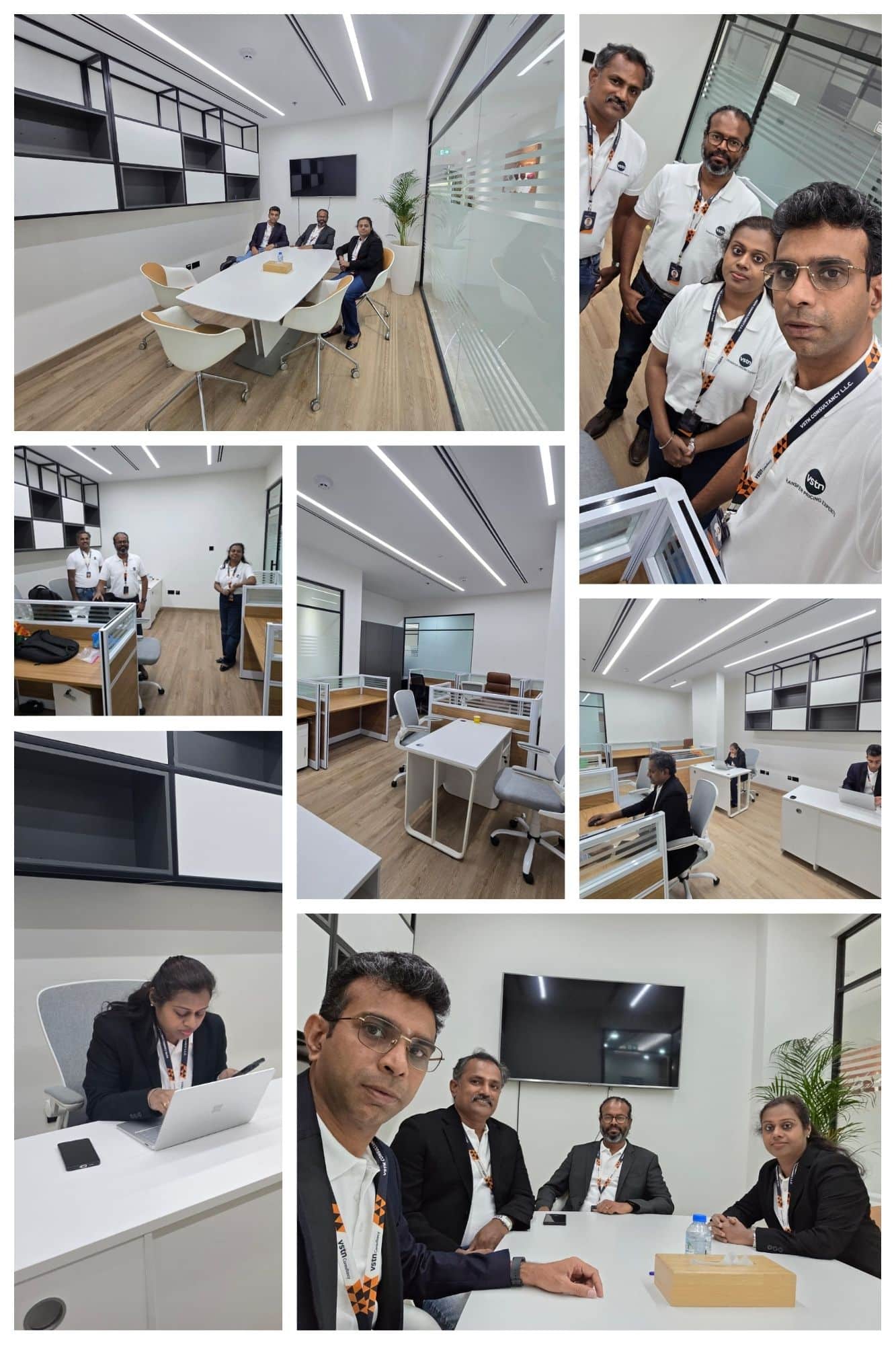UAE – APA Filing Fees
The United Arab Emirates (UAE) Federal Tax Authority (“FTA”) has issued Cabinet Decision No. 174 of 2025, proposing a revised fee structure for FTA services, which comes into effect from 1 January 2026. A key highlight of the new decision is the introduction of the fee structure for filing of Advance Pricing Agreements (APA) application. This development signals that the much anticipated Rules and Regulation governing the APA framework is on the horizon.
This alert is intended to capture only the transfer pricing–specific amendments introduced under the new Cabinet Decision, providing clarity on their implications for businesses operating within the UAE
UAE Transfer Pricing
Introduction of APA Fee structure
TIR WORLD TAX
RECOMMENDED FIRM
TIR WORLD TAX
APAC & MIDDLE EAST WINNER
TIR WORLD TAX
HIGHLY REGARDED PRACTITIONER
Introduction of APA Fee Structure
Cabinet Decision No. 174 of 2025
The United Arab Emirates (“UAE”) Federal Tax Authority (“FTA”) has issued Cabinet Decision No. 174 of 2025, revising Cabinet Decision No. 65 of 2020 and its subsequent amendments. This new decision introduces a revised fee structure for FTA services and comes into effect from 01 January 2026. The APA fee structure is outlined as follows:
| Service Description | Amount in AED |
|---|---|
| Request for concluding a unilateral advance pricing agreement for the first time. | 30,000 for each application |
| Request for renewal or amendment to a unilateral advance pricing agreement | 15,000 for each application |
On 12 June 2024, the Federal Tax Authority (FTA) issued Decision No. 4 of 2024, clarifying that the start date for receiving Advance Pricing Agreement (APA) applications, along with the procedures for submission of applications and issuance of agreements, would be announced in the fourth quarter of 2024.
Subsequently, through Decision No. 2 of 2025, the FTA confirmed that applications for unilateral APAs will officially be accepted starting from October 2025.
With this announcement of the APA fee structure, it is anticipated that the comprehensive rules and regulations governing the APA framework will be formally notified in coming months, marking a significant milestone in the implementation of the APA regime in UAE.
PS: This Alert captures only Transfer Pricing related amendments.
+971 58 305 3317
contact@vstnconsultancy.com
www.vstnconsultancy.com
Introduction of APA Fee Structure
Cabinet Decision No. 174 of 2025
KEY TAKEAWAYS FOR BUSINESSES
The amendment underscores the UAE government’s unwavering commitment to cultivating a framework of tax certainty and transparency.
Nonetheless, the decision to pursue an Advance Pricing Agreement (APA) remains a strategic choice for businesses which requires:-
- Careful deliberation of the nature, materiality, and value of related-party transactions, alongside the Pillar II implications to assess if APA is warranted
- Evaluation should also consider the time, cost, and administrative investment inherent in the APA process, particularly since even amendment to the filed application is subject to payment of fees as per this new cabinet decision.
With the fee structure for APA applications now clearly defined, enterprises are better positioned to forecast expenditures, allocate resources, and undertake a measured evaluation of the strategic benefits of entering into an APA. Nevertheless, the formal issuance of the detailed rules and regulations governing the APA framework are much anticipated.
+971 58 305 3317
contact@vstnconsultancy.com
www.vstnconsultancy.com
About us
VSTN Consultancy is a Global Transfer Pricing firm with extensive expertise in the field of international taxation and transfer pricing. VSTN Consultancy has been awarded by International Tax Review (ITR) as Best Newcomer in Asia Pacific – 2024 and is ranked as one of the recommended transfer pricing firms. VSTN has also been nominated in 9 Categories under APAC, EMEA and Middle East Region ITR awards 2025. VSTN has its offices in India and Dubai.
Nithya Srinivasan, Founder of VSTN Consultancy, was named Middle East Transfer Pricing Practice Leader of the Year, recognizing her outstanding leadership and contribution to the profession. VSTN also received the Best Newcomer in the Middle East award from International Tax Review, showcasing its rapid growth and excellence in global transfer pricing advisory.
VSTN Consultancy has been honored with the Best Global Transfer Pricing Consultancy 2025 – India award at the prestigious Wealth & Finance Management Consulting Awards 2025.
Our offering spans the end-to-end Transfer Pricing value chain, including design of intercompany policy and drafting of Interco agreement, ensuring effective implementation of the Transfer Pricing policy, year-end documentation and certification, BEPS related compliances (including advisory, Masterfile, Country by Country report), safe harbour filing, audit defense before all forums and dispute prevention mechanisms such as Advance Pricing agreement. VSTNs senior partners have been ranked in ITR in the list of recognized Practitioners.
Locations Served
| Australia | Philippines |
| Belgium | Singapore |
| Denmark | Switzerland |
| India | Turkey |
| Italy | UAE |
| KSA | UK |
| Mexico | USA |
| Netherlands | Zambia |
Core Team
vstn
Nithya Srinivasan
Srilakshmi Hariharan
S Ranjani
E Rajesh
Nitya Joseph
Saranya Nagarajan
Triveni Palla
9:19:52/02:24.4
centest@vetmconsultancy.com
www.vstnconsultancy.com
Our Licensed Databases
| SNo | Database | Provider |
|---|---|---|
| 1 | TP Catalyst | Moody’s |
| 2 | ORBIS | Moody’s |
| 3 | Loan Module | Moody’s |
| 4 | IP & Royalty Data | Moody’s |
| 5 | Royalty Rates and Benchmark Module | ktMINE |
| 6 | Services CUT | ktMINE |
| 7 | EDF-X Bond Database | Moody’s |
| 8 | EDF-X Credit Risk Analytics | Moody’s |
| 9 | Loan Module | Royalty Range |
| 10 | Transfer Pricing Documenter (formerly Thomson Reuters Onesource) | Ryan |
| 11 | Prowess | CMIE |
As businesses expand across borders, navigating complex transfer pricing regulations becomes critical. At VSTN Consultancy, a global transfer pricing firm, we specialize in helping companies stay compliant and competitive across key markets including:
India | UAE | USA | KSA | Dubai | Asia Pacific | Europe | Africa | North America
Whether you’re preparing for benchmarking intercompany transactions, or developing robust TP documentation, our team is here to support your international strategy and Compliance.
Contact us today to explore how we can partner with you to optimize your global transfer pricing approach.
#TransferPricing #TransferPricingFirm#VSTNConsultancy #TaxCompliance #IndiaUAEUSA
#TPExperts#TransferPricingExperts#GlobalTransferPricingFirm











